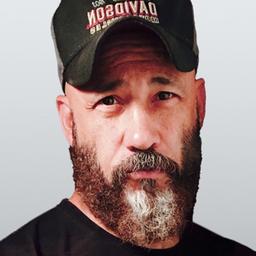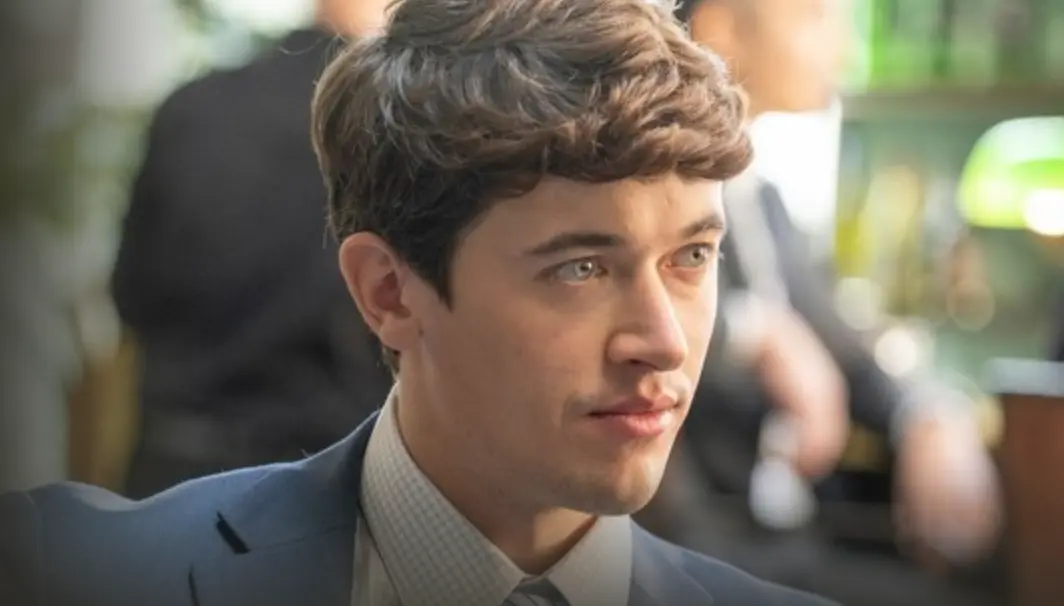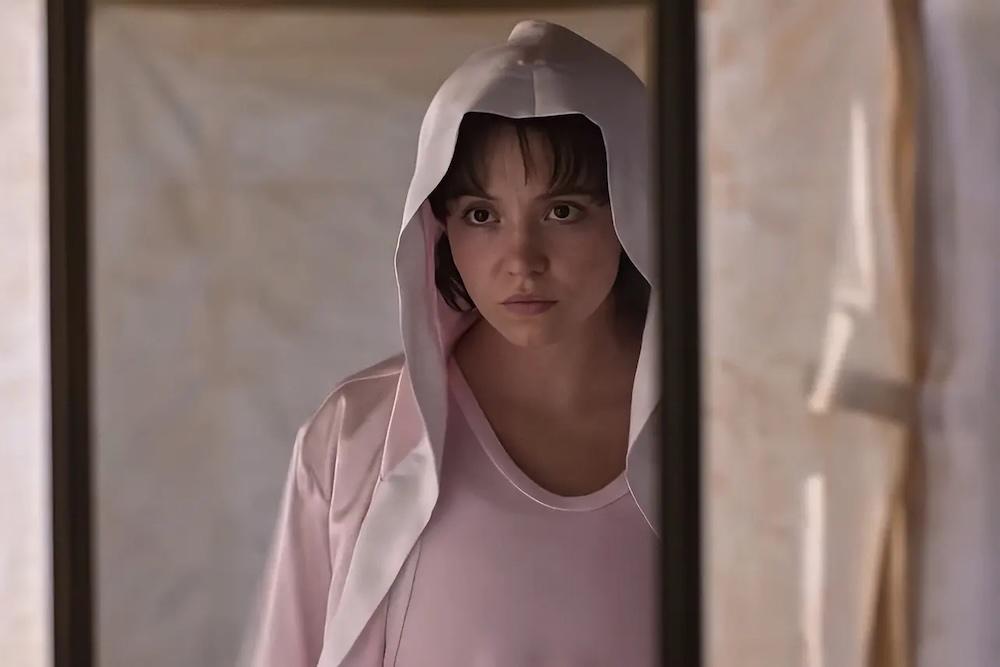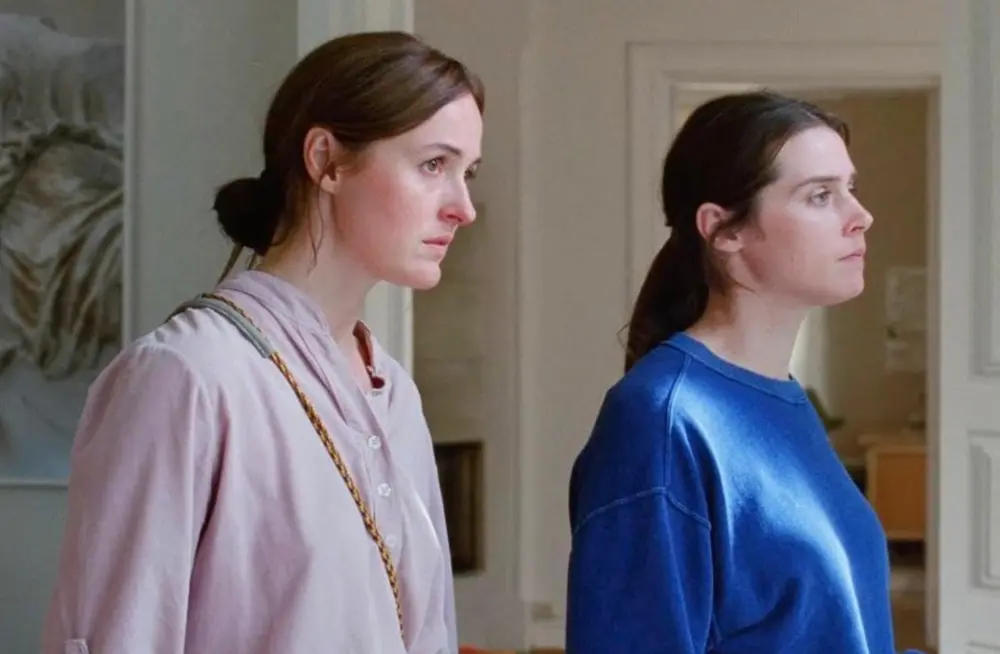Patrick O'Brien—also known as “TransFatty”—made a film documenting one of the world’s deadliest diseases (ALS). The film’s called “TransFatty Lives,” a 10-year project. Why? Because he himself suffers from this disease, and is still with us.
One Bourbon, One Scotch, One Jelly Donut
He got his nickname working as a New York performance artist/deejay. I knew guys like Patrick in college: slightly Falstaffian (good-looking but carrying a few too many pounds), longish hair, beard, more than a little exhibitionistic, snarky-hilarious, and always seriously dialed into whatever was happening on campus of an underground nature with a geek edge.
It’s like a tribe or an archetype almost; call it the TransFatty Tribe. There exist various species within the TransFatty family: the Dungeons & Dragons TransFatty, Dead-head TransFatty, Renaissance Faire TransFatty, Offensive-tackle TransFatty, and so forth.
The TransFatty tribe member tends to be wildly creative, from hysterical bathroom graffiti to campus deejaying, from Ultimate Frisbee to avante-garde bands. And they have a deep devotion to weed. And donuts. It’s a sure bet that chubby, bearded, donut-and-weed-worshipping, super-snarky film director Kevin Smith (aka “Silent Bob”), is a card-carrying member of the TransFatty club.
In His Prime
So imagine you’re a happenin' young dude, an SVA film grad, underground filmmaker, Internet celebrity, with tons of energy, super-funny, living your bliss … and then one day your foot starts shaking. Doesn’t stop. It’s Amyotrophic Lateral Sclerosis (ALS, or Lou Gherig’s Disease). Deadly. Fatal. No cure for it.
What would you, yourself, do? Bribe a nurse to hire a hit man? Get wheeled up to the hospital roof, and rolled off, in the bed? If you were of the TransFatty Tribe, you might be delighted by the concept of a 10-story falling, bedpan explosion.





